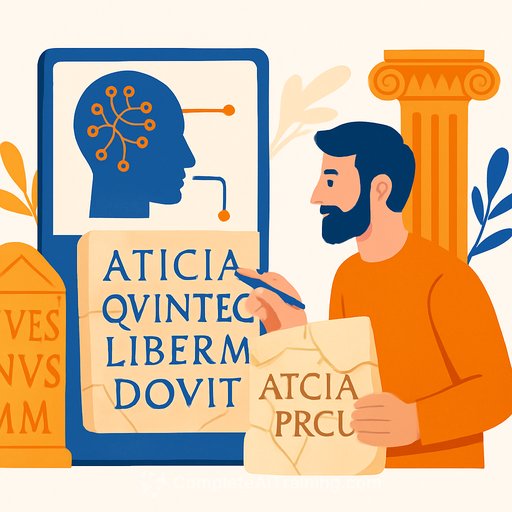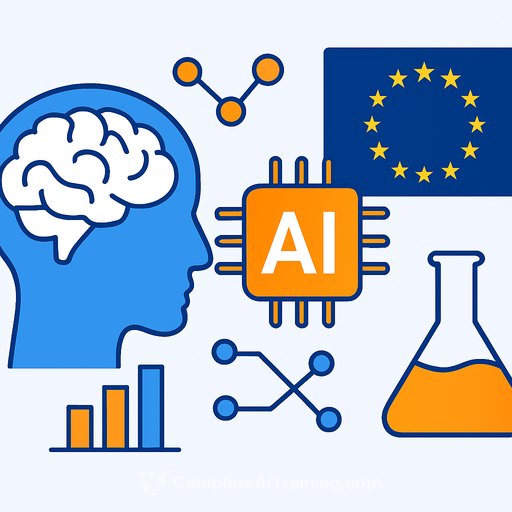AI Tool Aids Latin Scholars in Deciphering Ancient Roman Texts
Each year, around 1,500 Latin inscriptions are uncovered, providing valuable insights into the daily lives of ancient Romans. These inscriptions range from official decrees to informal graffiti, such as the famous "Beware of the dog" mosaic found in Pompeii. However, interpreting these texts is a complex task for historians, especially since many inscriptions are damaged or lack clear context.
To assist scholars, researchers at Google's AI lab DeepMind developed a generative neural network named Aeneas. This AI model is trained to identify patterns and relationships in vast amounts of data, helping to date and locate inscriptions more accurately. It draws from a dataset of 176,861 inscriptions, including details about their dates, locations, and textual content across the Roman Empire’s extensive territory.
Why Latin Inscriptions Matter
Latin inscriptions are treasured by historians because they offer direct evidence of ancient society from a wide range of social classes, not just elite perspectives. As Yannis Assael, co-designer of the AI model, notes, these inscriptions cover "all social classes on any subject," reflecting authentic voices from the past.
Yet, many inscriptions are incomplete or damaged, and their origins often remain unknown. This makes piecing together their meaning similar to solving a giant jigsaw puzzle, as epigrapher Thea Sommerschield explains. The AI helps by connecting clues like spelling, style, and content to find matching pieces.
How Aeneas Supports Historical Research
- Estimates the geographic origin of inscriptions within the 62 Roman provinces
- Suggests the decade when an inscription was created
- Predicts likely content of missing or damaged sections
Traditionally, scholars manually compare inscriptions to hundreds of similar texts, a process that demands extensive expertise and time. Aeneas streamlines this work by analyzing millions of characters and even incorporating images where available.
Testing the AI Model
Aeneas was tested on the famous inscription Res Gestae Divi Augusti, where Emperor Augustus detailed his achievements. Historians have debated its exact date for years due to inconsistencies and exaggerations. Using subtle clues like archaic spelling, Aeneas narrowed down the likely dates to two possibilities that align with ongoing scholarly discussions.
More than 20 historians who used the model found it helpful in 90% of the cases. The best results came when the AI was combined with expert judgment rather than replacing human insight.
Bridging AI and Humanities
Robbe Wulgaert, a Belgian AI researcher involved in the project, highlights how generative neural networks can support humanities research by tackling specific challenges historians face. This approach shows that AI can complement critical thinking and enhance scholarly work when used as a tool rather than a shortcut.
For those interested in exploring AI applications in research and other fields, Complete AI Training offers a variety of courses designed to build practical skills.
Further Reading
For a detailed look at the study, see the original publication: Yannis Assael et al., Contextualizing ancient texts with generative neural networks, Nature (2025).
Your membership also unlocks:






